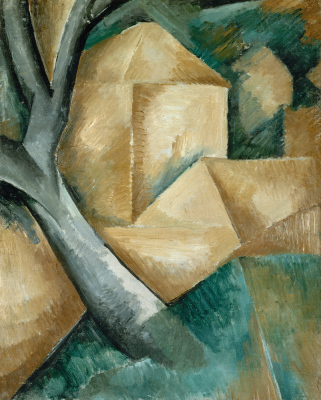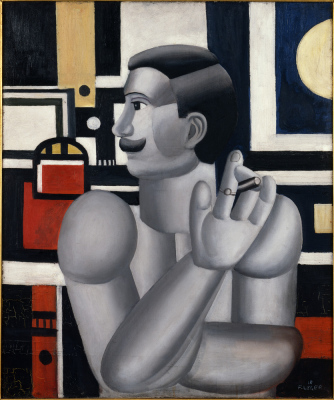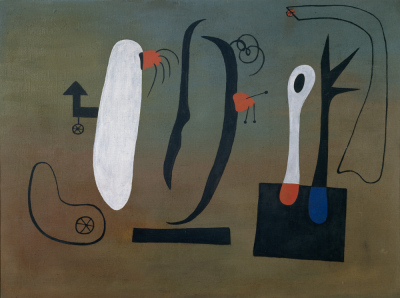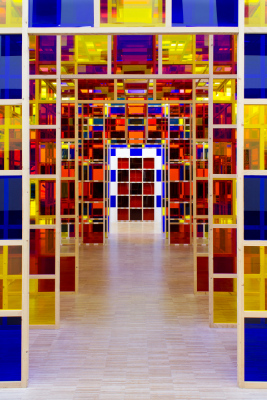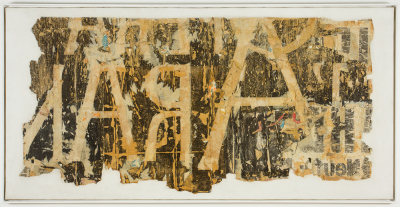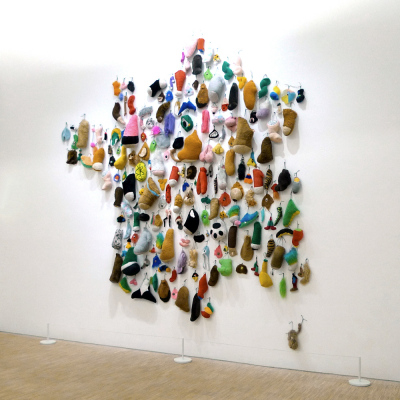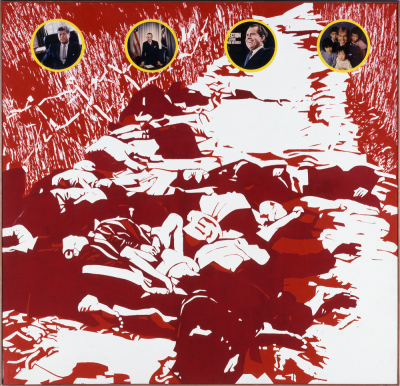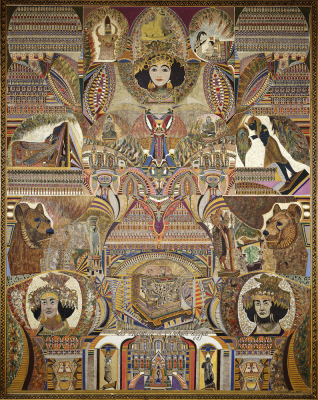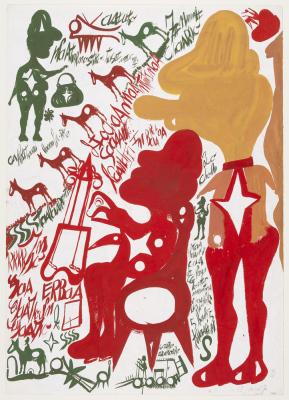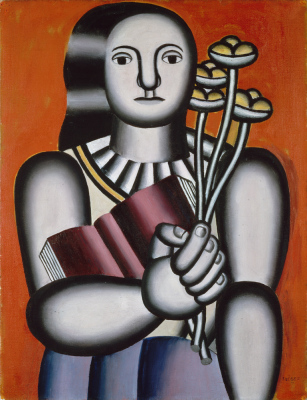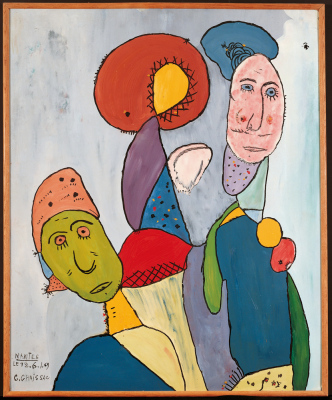The collection
Reflecting the major artistic issues of the twentieth and twentieth centuries, the LaM collection is divided into three main areas, representing the major challenges of modern art, contemporary art and outsider art. The collection is enriched each year, with a particular focus on artists not represented in French collections. Set in the heart of a sculpture park, the museum offers an original, cross-disciplinary itinerary.

The museum's prestigious modern collection was inherited by Jean Masurel on the death of his uncle Roger Dutilleul in 1956, who had passed on his passion to him. Jean Masurel acquired works by Paul Klee such as ‘17 Gewürze (17 Spices)’ (1932) and ‘Abendliche Figur (Figure in the Evening)’ (1935).
The modern art collection also includes many works of naive art, which gained in popularity after the First World War thanks to the influence of Douanier Rousseau, and resonates with art brut by presenting self-taught artists such as Séraphine de Senlis.
This collection is representative of a troubled period, while at the same time echoing the pronounced tastes of its collectors. It finds its chronological entry point in an uncertain period, reflecting the break between the intellectual and artistic worlds and the institutions and authorities.
Pablo Picasso's famous ‘Spanish Still Life (Sol y Sombra)’ of 1912, for example, destroys the codes of perspective and employs new materials such as ripolin and glued paper. From then on, the work of art flirted with the world of objects. Later, it was artists such as Amedeo Modigliani, whose works Dutilleul held, such as ‘Nu assis à la chemise’ (1917), that illustrated the questioning of canons at the turn of the century.
The contemporary art collection comprises almost 1,000 works, combining the major figures on the international art scene (Daniel Buren, Annette Messager, Christian Boltanski, etc.) with first-rate artists (Etel Adnan, Petrit Halilaj, Miriam Cahn, William Kentridge, etc.).
The contemporary art collection is structured around a number of key themes: the artist's commitment to, or direct involvement with, the world in order to transform it, the relationship with the object, the exploration of artistic margins and the identification of singular figures.
The LaM's singularity is thus affirmed by its desire to shift the focus and offer an open and authentic reading of the plural history of twentieth-century art, taking into account the rise of self-taught and marginal forms of creation in the modern era. As a producer of new and stimulating narratives and imaginaries, the museum advocates a more inclusive approach that recognises the diversity of perspectives.
The museum's collection of art brut is now the largest in France, comprising over 6,000 works.
